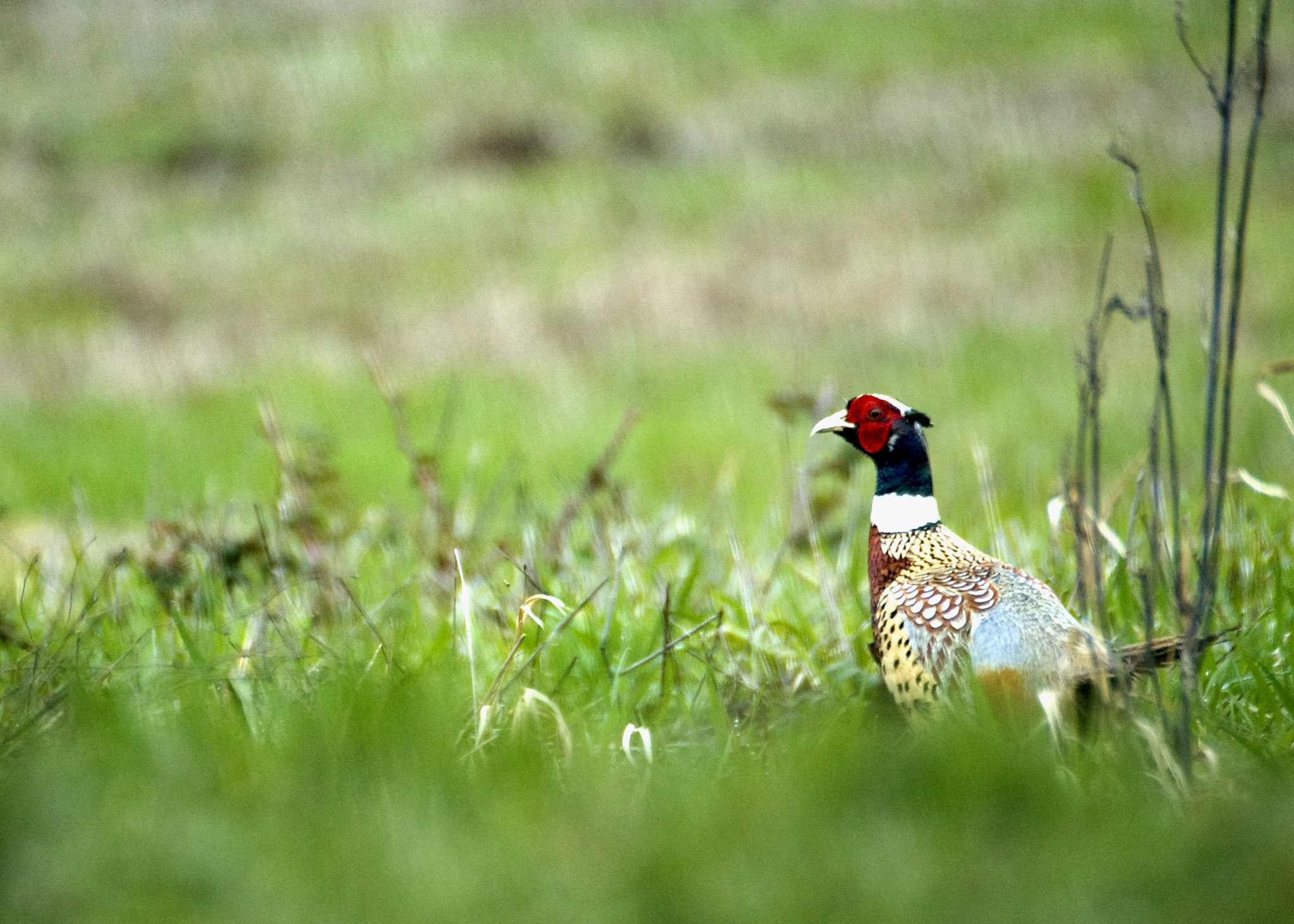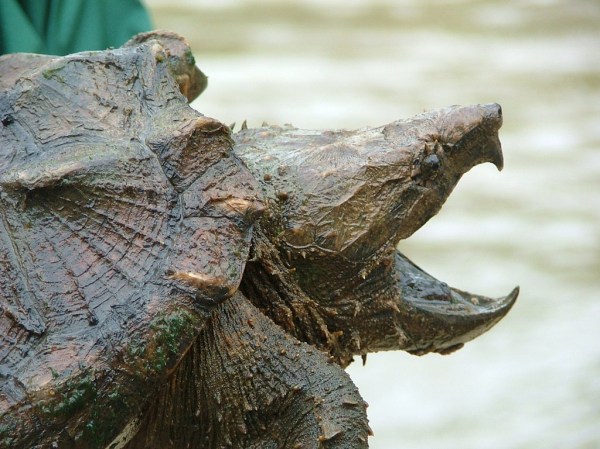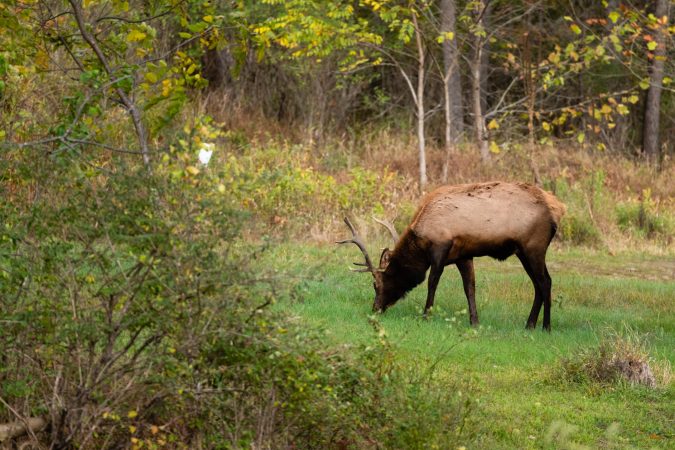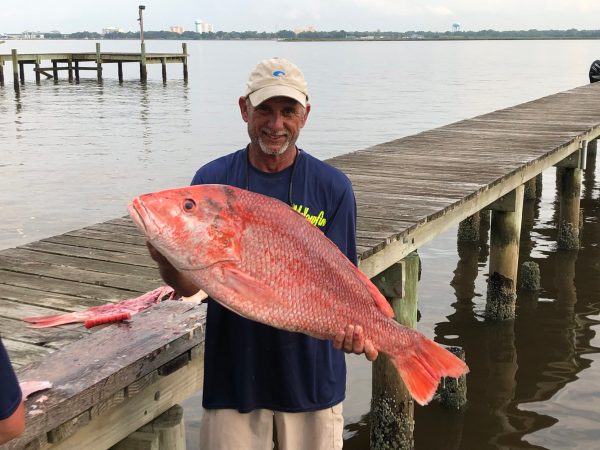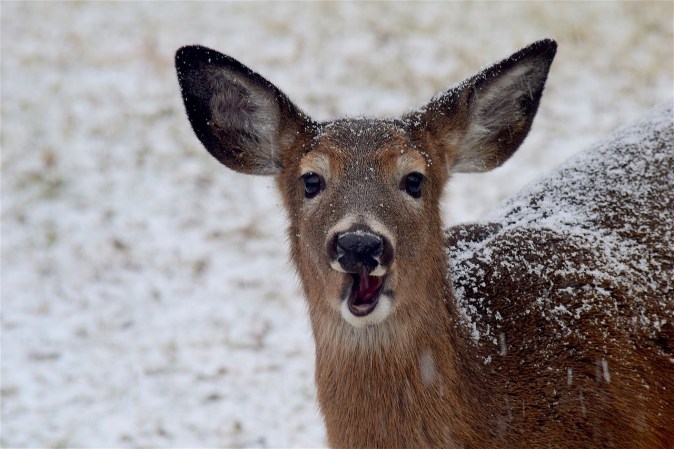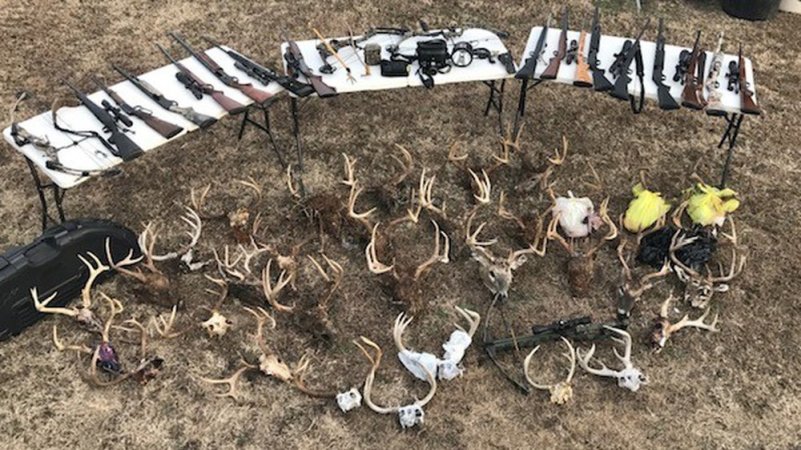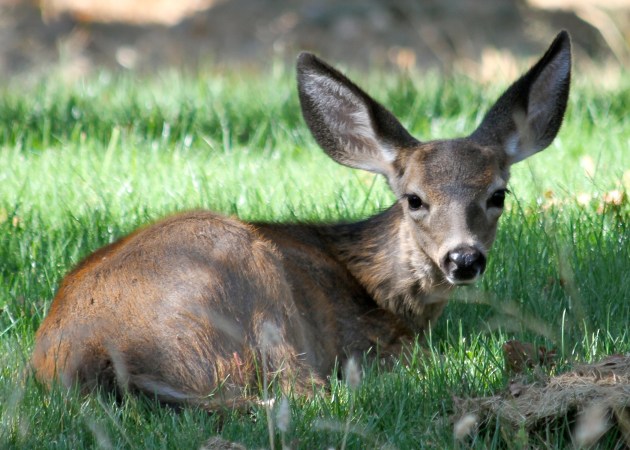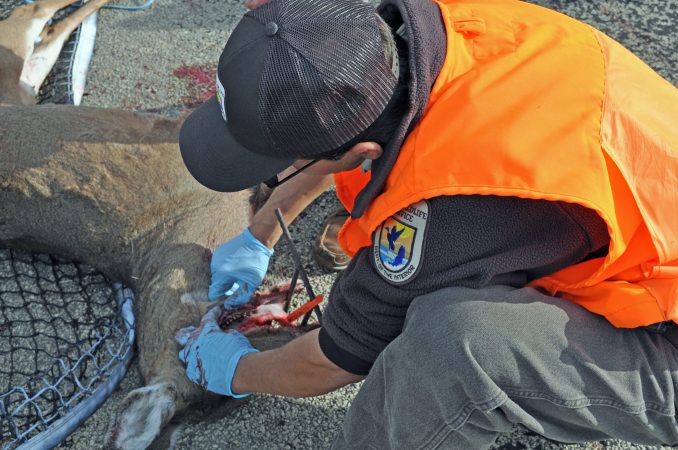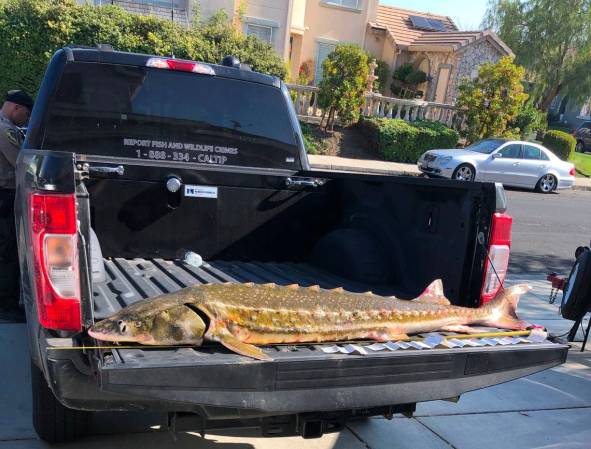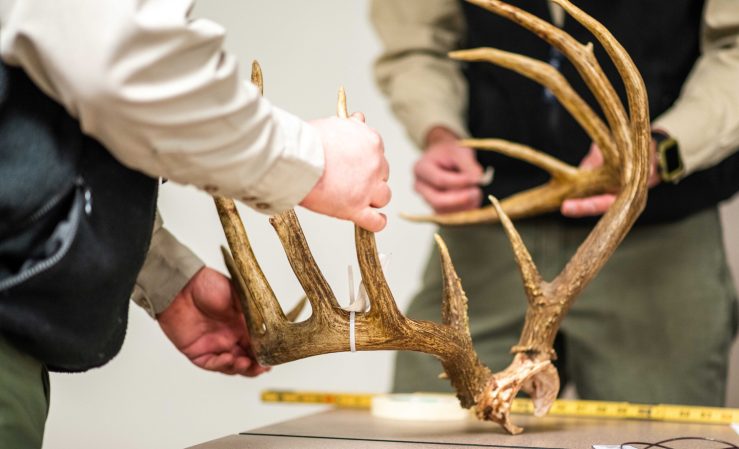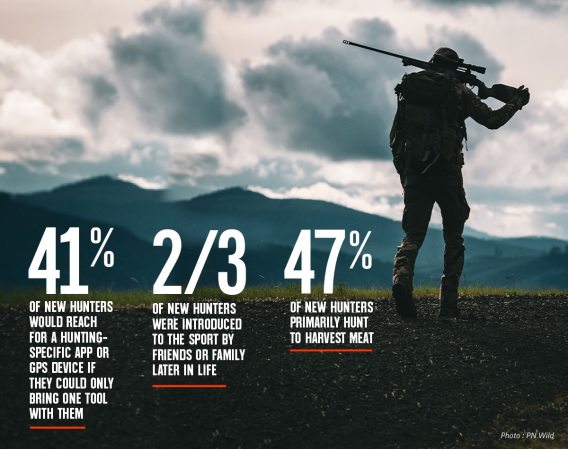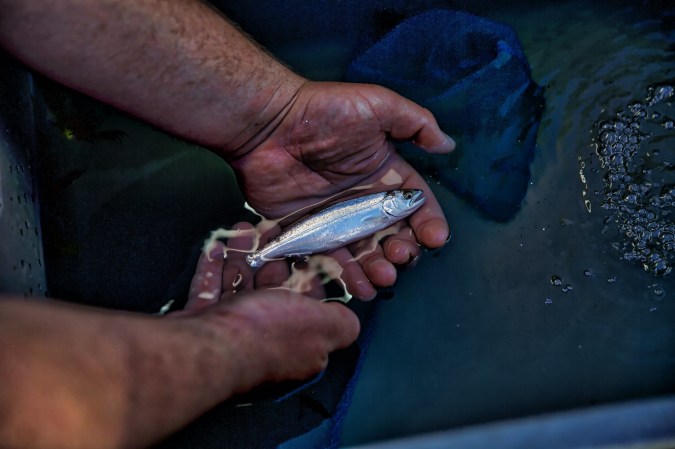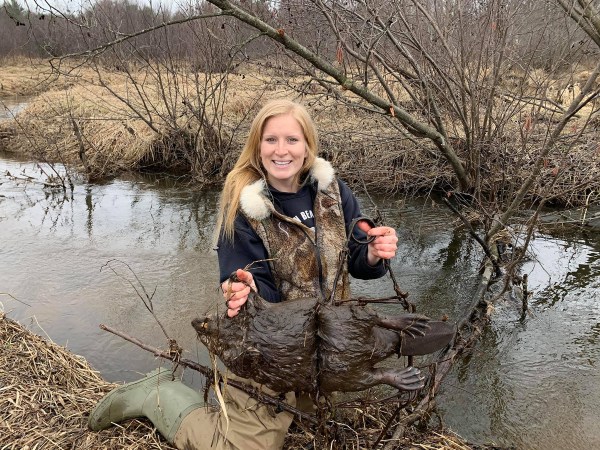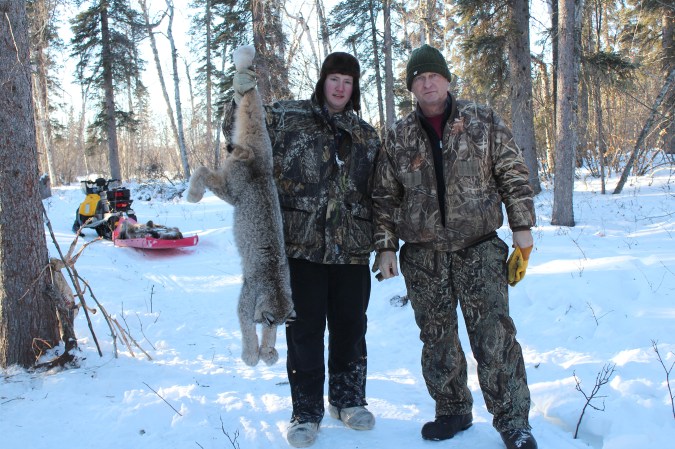Released game birds provide the bulk of opportunities for wing shooters in the UK. In a typical year, governments in England, Scotland, Northern Ireland, and Wales will release more than 55 million farm-raised pheasants, partridge, and ducks during the lead-up to hunting season.
This isn’t a typical year for birds, however, as High Path Avian Influenza has spread across the globe, affecting tens of thousands of wild birds and millions of domesticated birds in recent months. The UK is experiencing its most severe bird flu outbreak in history, with seabirds being hit especially hard by the disease. For this reason, the Royal Society for the Protection of Birds is calling for an immediate moratorium on game bird releases in 2022.
“The urgent call is for governments and the hunting industry to take a fully precautionary approach to the release of potentially infected captive birds, to limit the further catastrophic spread of avian influenza in wild birds,” the RSPB wrote in a press release.
The England-based RSPB explained that pheasants raised in commercial facilities in the UK have tested positive for HPAI at least 13 times since 2018. The group says that while the spread of HPAI from farm-raised pheasants to wild birds has not been scientifically proven, a precautionary approach is necessary to protect wild bird populations that are already struggling. They also pointed to a 2014 study from the UK’s Animal and Plant Health Agency, which found, among other things, that “releasing apparently healthy game birds into the wild poses a risk of [avian flu] transmission to other birds.”
Reinforcing the RSPB’s concern is the fact that the highly pathogenic H5N1 strain of the bird flu virus was first identified in a population of domestic waterfowl in China. It was then passed on to wild birds, many of which are migratory species, contributing to its long-range spread across the globe.
The most recent (and ongoing) wave of the virus was first detected in Canadian waterfowl populations last December. The first confirmed case in the United States was discovered the following month in a wigeon that was shot by a South Carolina duck hunter. Since then, HPAI has been detected in 40 states in the US, killing a substantial number of wild ducks and geese in the process. In April, a poultry worker in Colorado tested positive for avian influenza, although the Center for Disease Control says the current risk to the general public remains low.
Read Next: Is Bird Flu a Threat to Wild Ducks and Geese? Here’s What All Hunters Need to Know
Regardless, states like Texas and Wyoming have already euthanized entire flocks of pen-raised game birds this year in locations where HPAI was detected. And while the elimination of these birds will have a nominal effect on hunting opportunities in these states when compared to the moratorium proposed by the RSPB, both actions were proposed out of an abundance of caution for wild bird and domestic poultry populations.
“In recent months we have witnessed an unfolding catastrophe taking place on our wild birds. It has been emotionally tough to witness, but we are not helpless and there are many positive actions that we can take to help them weather this storm and reduce the risk of exacerbating this crisis,” RSPB’s director of policy Jeff Knott said on Wednesday. “We must all now take responsibility and do everything we can to limit the impact in the immediate term.”

